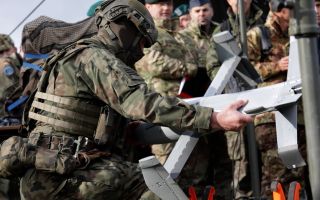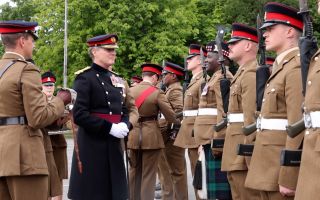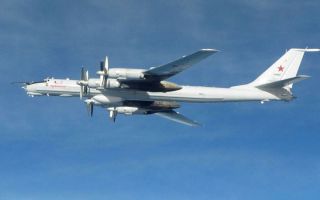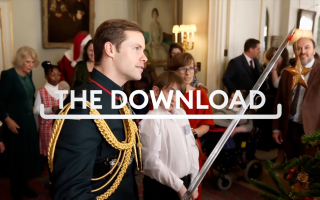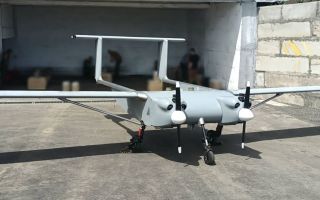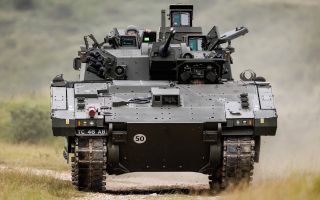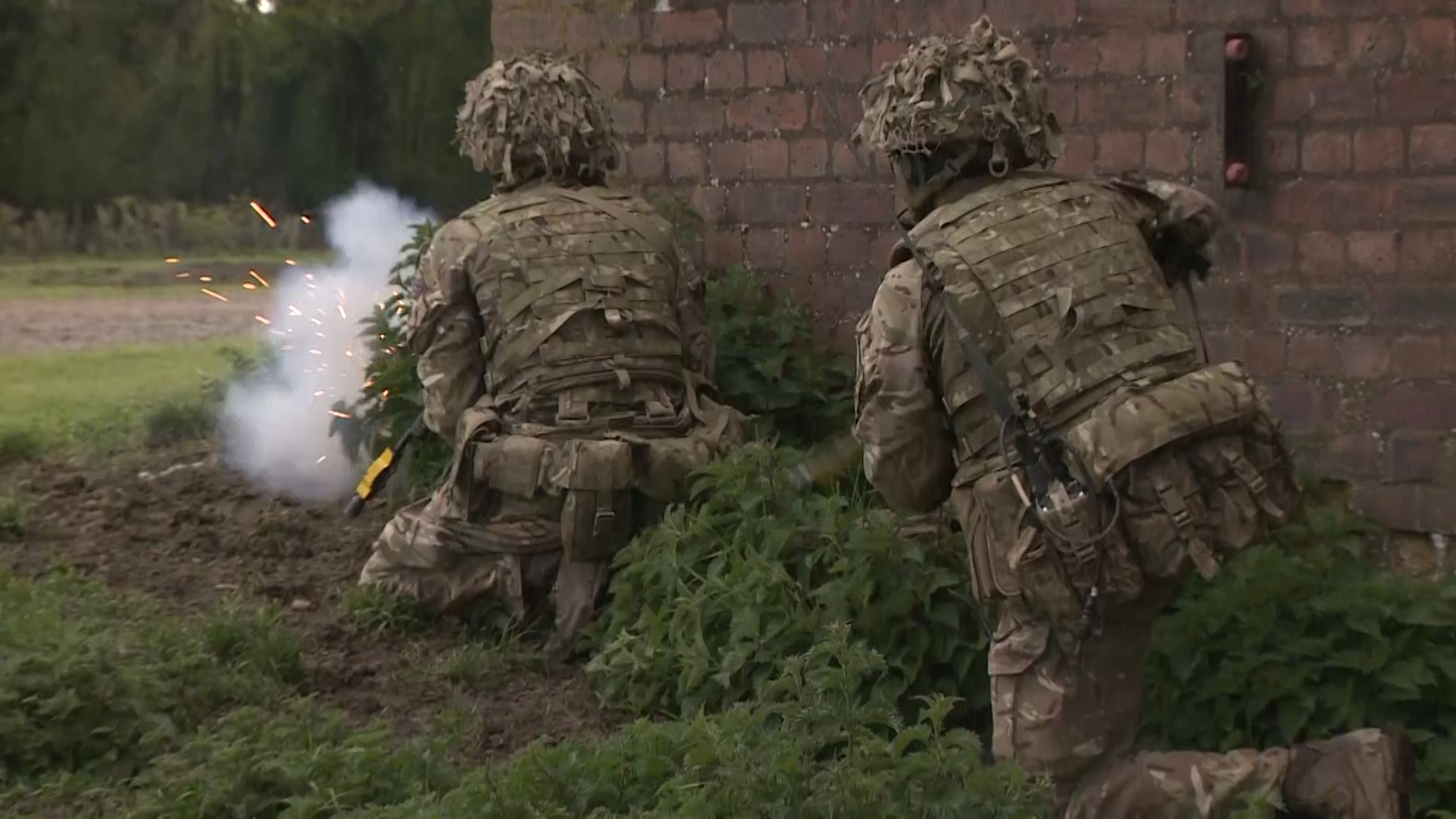
Have you ever wondered how military recall works and whether you're on the list?

The ongoing war in Ukraine has exposed the need for its armed forces and those of other countries to have a constant flow of new recruits into their ranks.
This problem is presenting a huge challenge for Ukraine, as the average age of those at the front is 43 and the military is desperate to recruit younger volunteers.
Ukraine is not the only country affected by issues like this.
Former defence secretary Ben Wallace warned the UK's Armed Forces were struggling to appeal to Generation Z and younger people were not signing up like "my generation did".
- Army missing recruitment target every year since 2010, Ministry of Defence figures reveal
- Strict medical rules mean even England rugby team would struggle to join Army, MPs told
- Is the military's tattoo and medical fitness policy really slowing down recruitment
Former defence minister Tobias Ellwood recently told Sky News Britain was not equipped to deal with "what is coming over the horizon".
He was speaking after the Daily Telegraph quoted the head of the British Army, General Sir Patrick Sanders, as saying the UK would not be prepared in the event of a war.
Mr Ellwood said that following decades of post-Cold War peace there was a growing sense that authoritarian states could "exploit our timidity, perhaps our reluctance to really put fires out" - pointing to Russia's invasion of Ukraine.
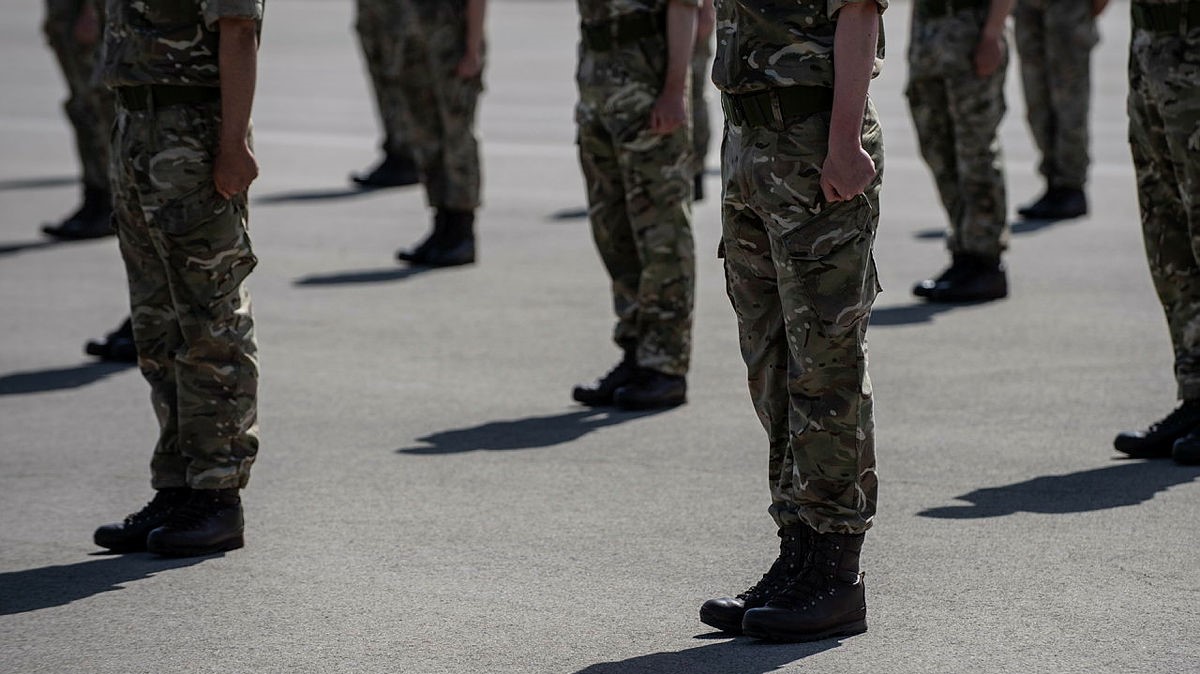
"So Patrick Saunders is saying prepare for what's coming over the horizon - there is a 1939 feel to the world right now," he said. "These authoritarian states are rearming.
"There's a risk averseness about the West in wanting to deal with that and our global institutions such as the United Nations aren't able to hold these errant nations to account."
According to The Daily Telegraph, General Sir Patrick would not support conscription, but wants the Government to "mobilise the nation" in the event of war with Russia.
So how would the UK at war recruit enough personnel to don a uniform and get sent to the front at pace?
As many defence commentators and UK military chiefs are acutely aware, there are more people leaving the Armed Forces that joining.
More than 16,000 personnel left last year, while only 12,000 joined up.
As of October 2023, the trained and untrained strength of the UK regular forces was 139,490, while the strength of trained reserves was 29,920 - these being personnel who are liable to be called upon in a time of crisis.
But as the war in Ukraine has shown, casualties on both sides can be huge.
Since April 2013, the Ministry of Defence no longer reports the entire strength of its reserve forces that can be called upon. Instead, only reservists currently serving under a fixed-term reserve contract are counted.
But in reality the numbers are far greater, since most ex-regulars who have served can and do sometimes get called up to serve once their time in uniform has ended.

Regular reservists are those who have left the regular forces, but are recalled in times of need to come back and join operations alongside regular personnel.
Former members of the regular Armed Forces have a liability under the Reserve Forces Act 1996.
This means they can be called up if the King makes an order authorising the call-out if it appears that "national danger is imminent or that a great emergency has arisen; or in the event of an actual or apprehended attack on the United Kingdom".
The Defence Secretary also has the power to make an order authorising the calling out of members of the reserve forces if it appears that "warlike operations are in preparation or progress".
So how many former Armed Forces personnel can be mobilised in case of war?
The 2021 census in England and Wales was the first to ask people if they had previously served in the Armed Forces.
The census revealed that in England and Wales there were a total of 1.85 million veterans.
In their terms of service and during their attestation recruits are told: "If you fail to report at the time and place as specified in the notice calling you out for permanent service without leave of absence, sickness or other reasonable excuse you will render yourself liable to arrest and prosecution."
Current serving personnel are also told they "may lose your entitlement to discharge or be required to extend your service" while an order is in place.
Britain last called out its regular reserve during the initial stages of the Gulf War and during the Covid-19 pandemic where the specialist skills of those who had recently left were required.
Current policy is not to recall those over the age of 55. However, it can be higher for some people.
Once served with a call-out notice, veterans are also to be informed that on acceptance into service they become subject to Service Law once again.
RAF officers who served on a permanent commission and who have completed their service are designated as Retired List officers.
Their liability to recall continues to the age of 60 for officers up to the rank of OF5 and in the case of RAF air officers to the age of 65 for 1- and 2- star ranks, and to the age 67 for 3- and 4-star ranks.
Former Naval other ranks, Army other ranks and RAF personnel who are in receipt of a military pension are designated as service pensioners.
Such pensioners are subject to recall up to the age of 60 or for Home Defence Service, and there is no limit on the length of service that may be required after recall.
During the Second World War, those who could not be sent to the front because of their age or health conditions formed the Home Guard and were tasked with protecting Britain from German invasion.
Unlike the volunteer Army Reserve, regular reservists do not conduct military training after leaving the Armed Forces and do not have a uniform at home.
Instead, they are retained by name on the MOD's database. Those who have retired from the military and now living abroad are still liable for reserve service.

